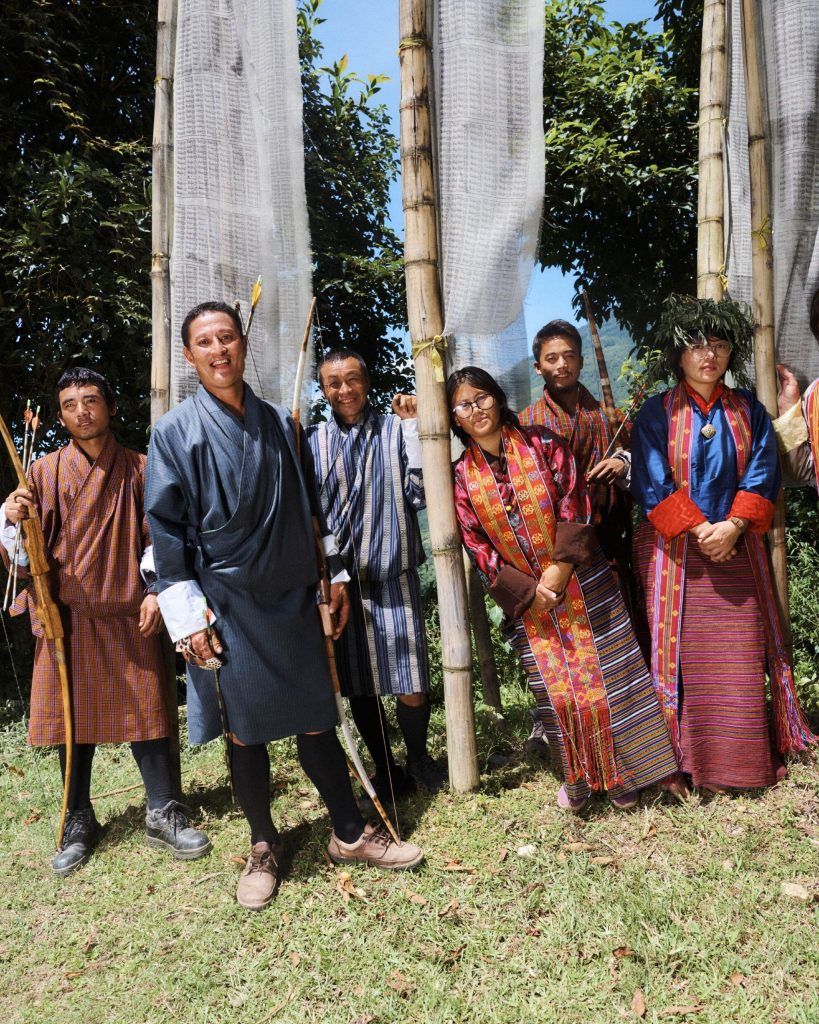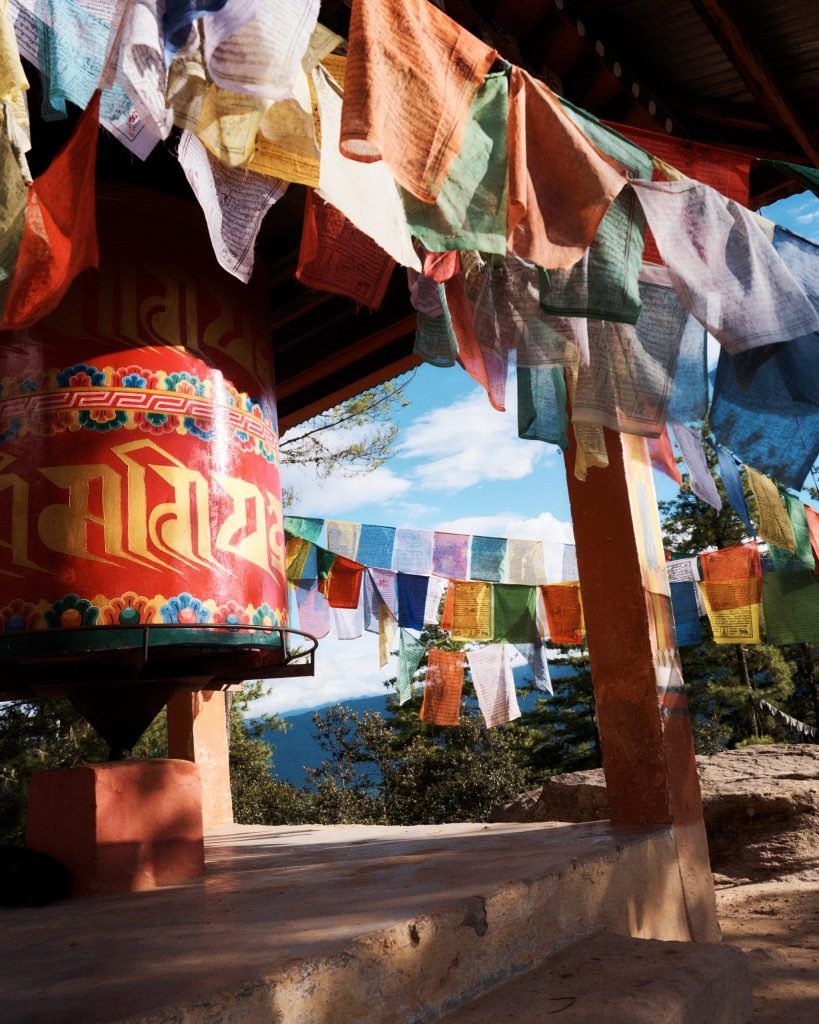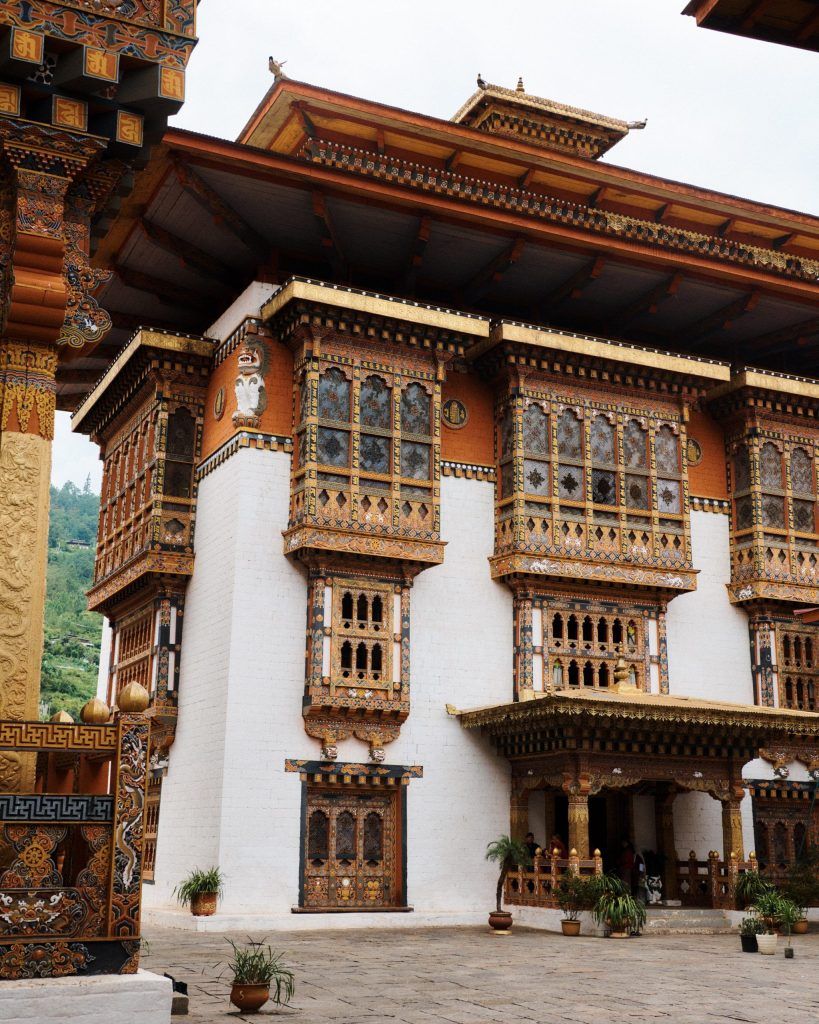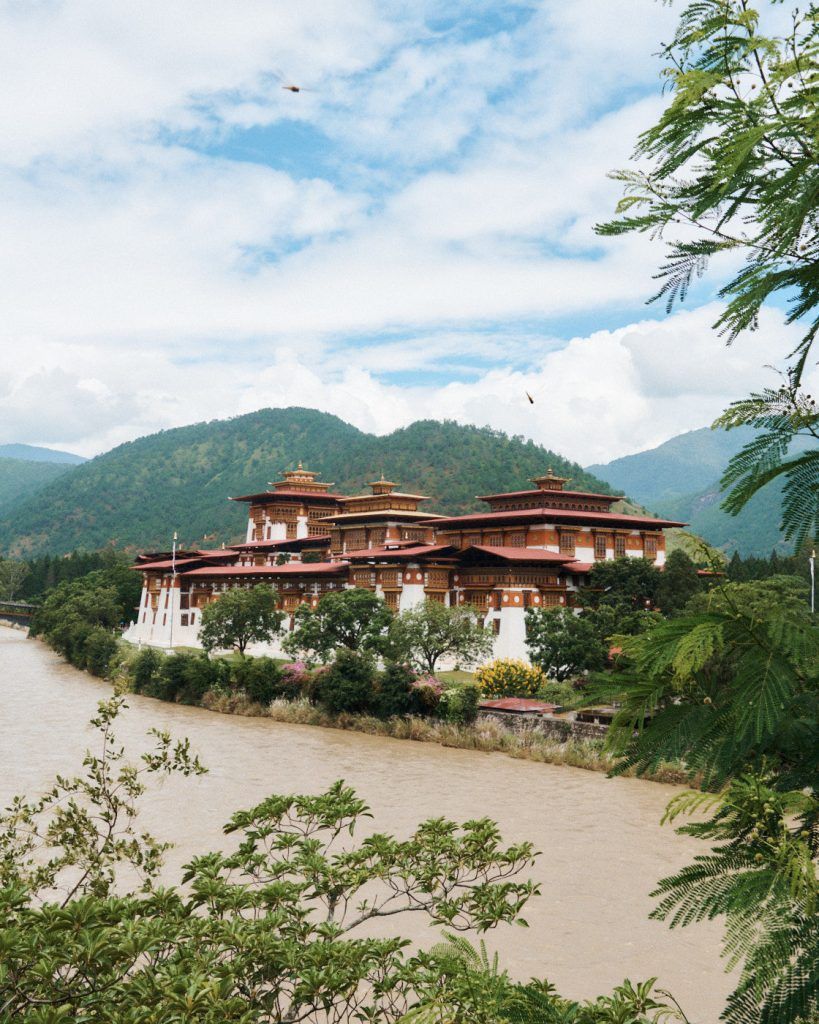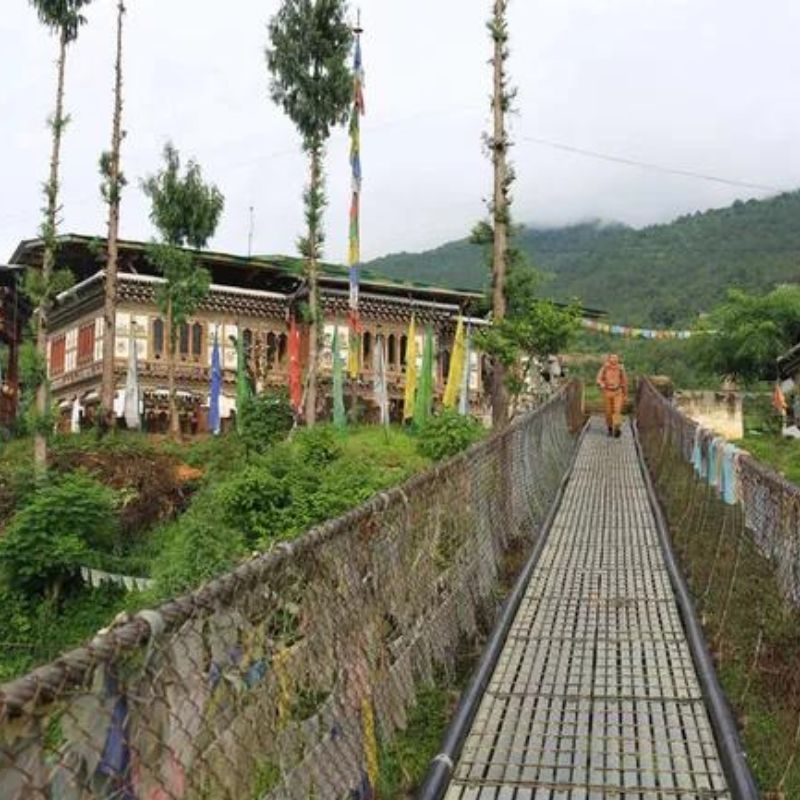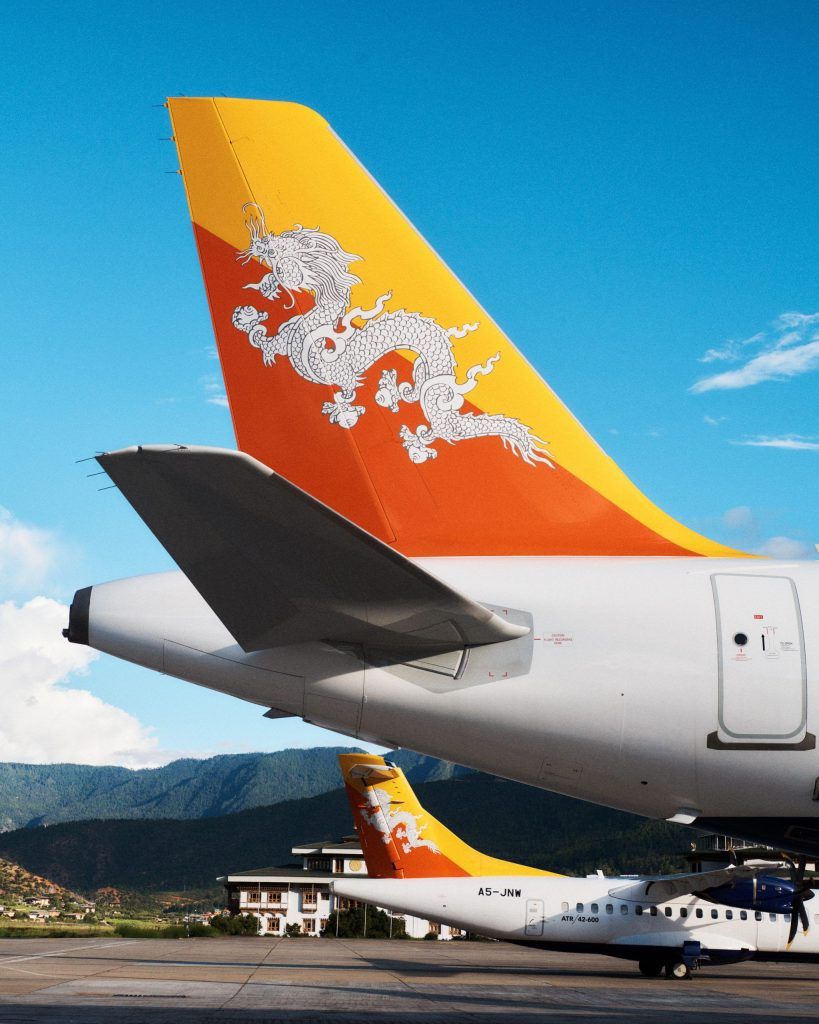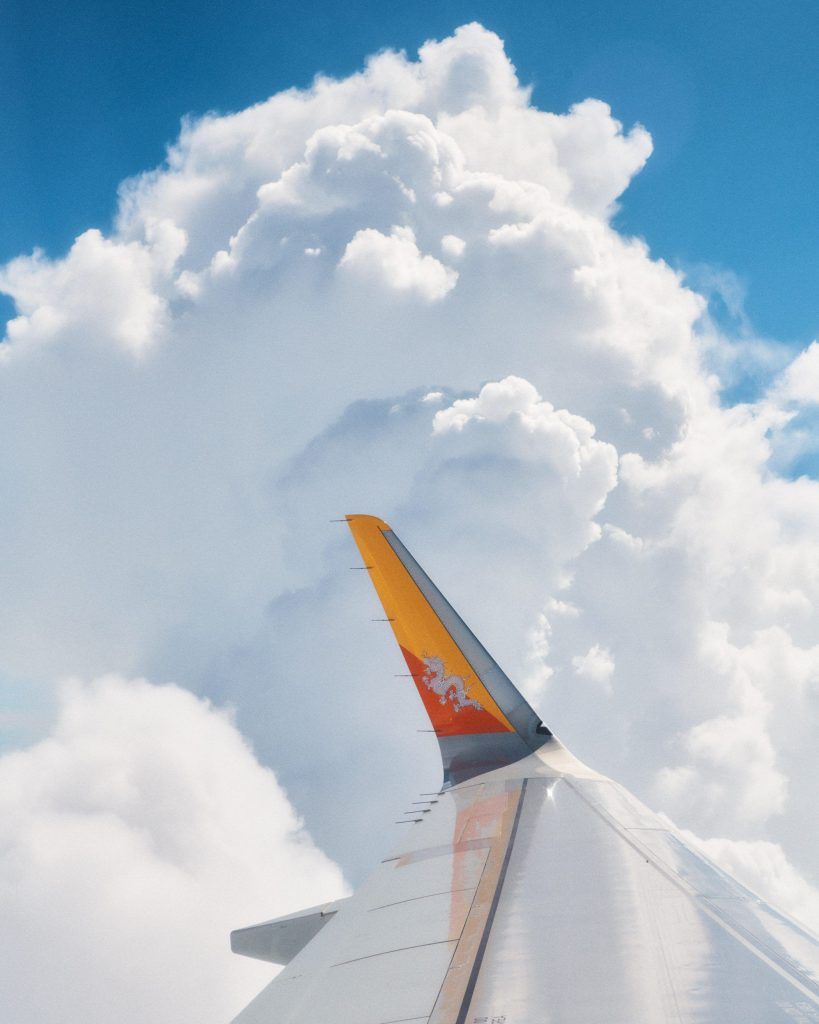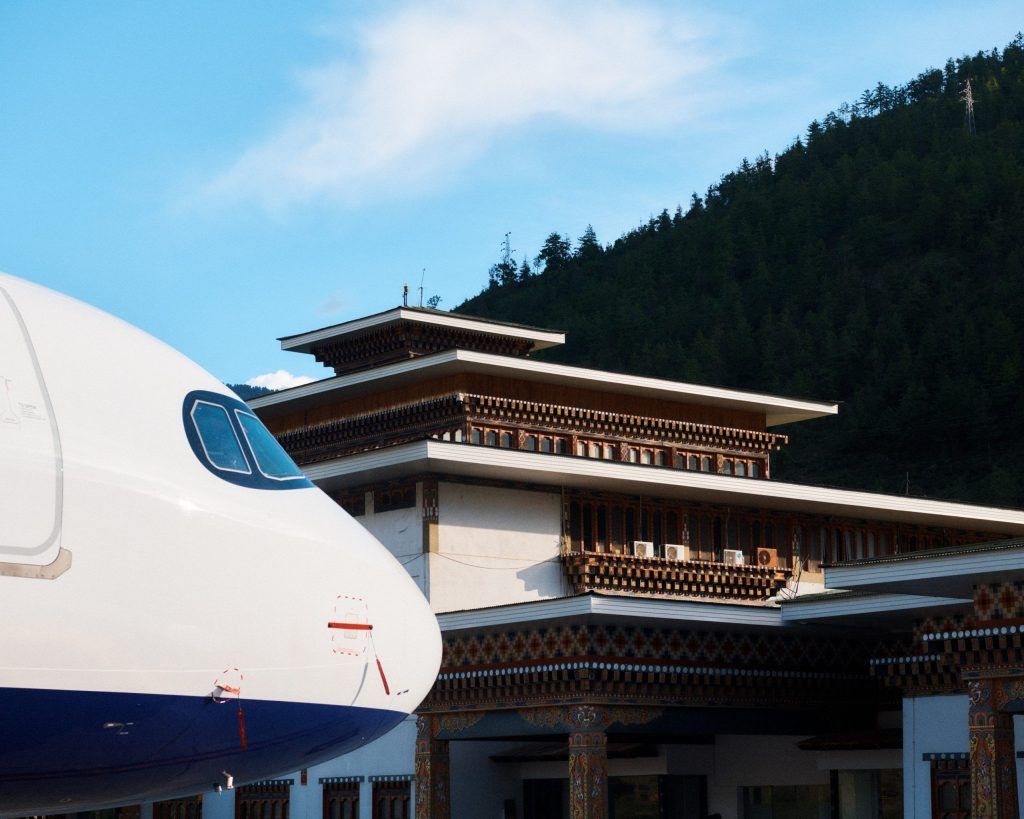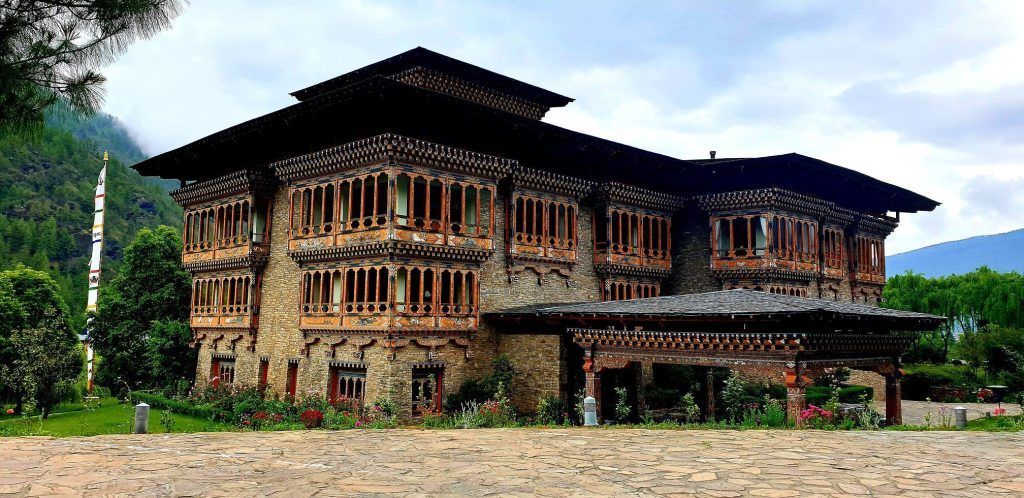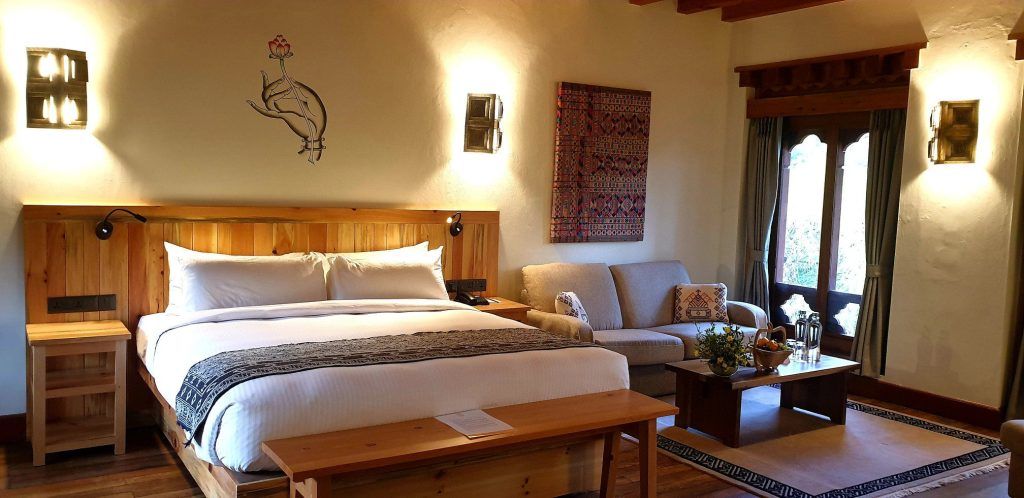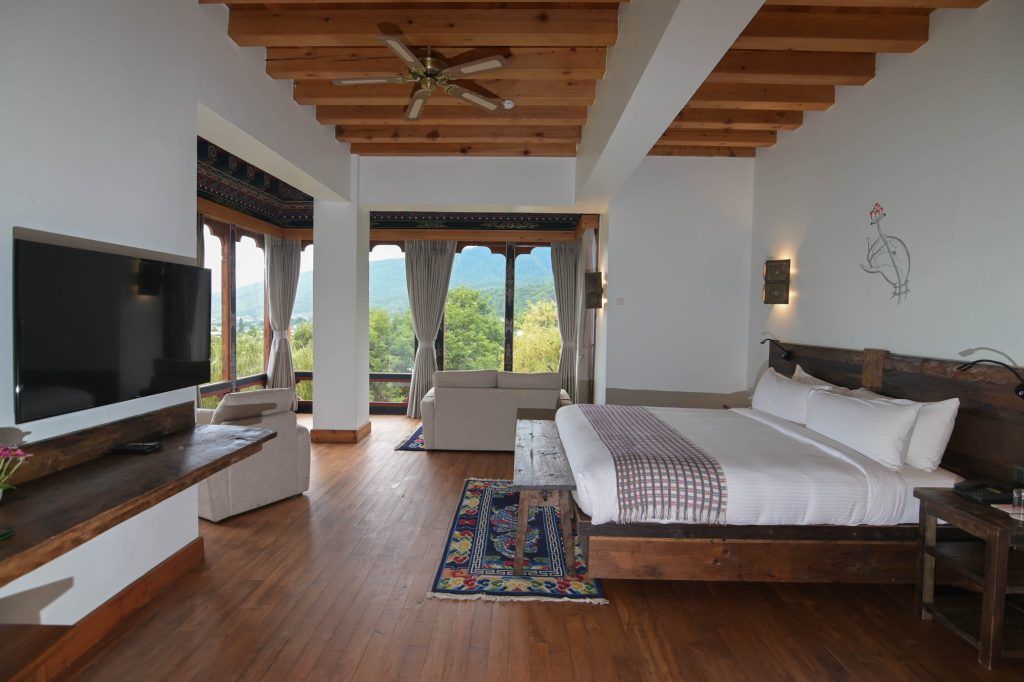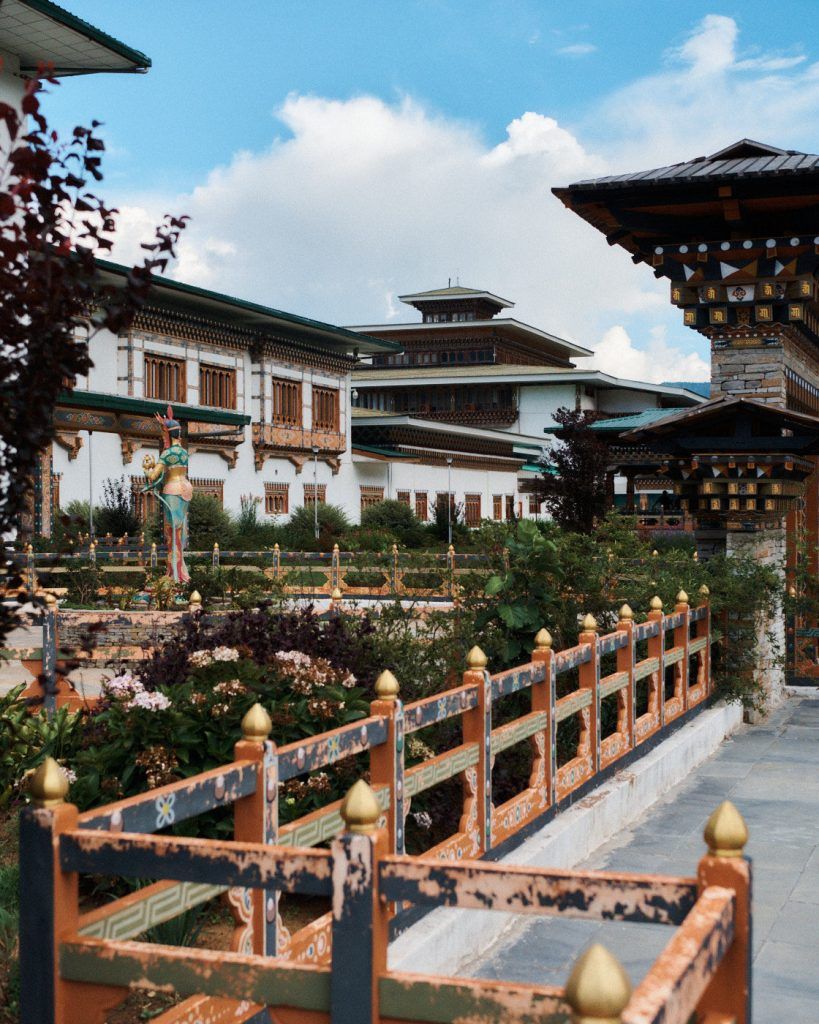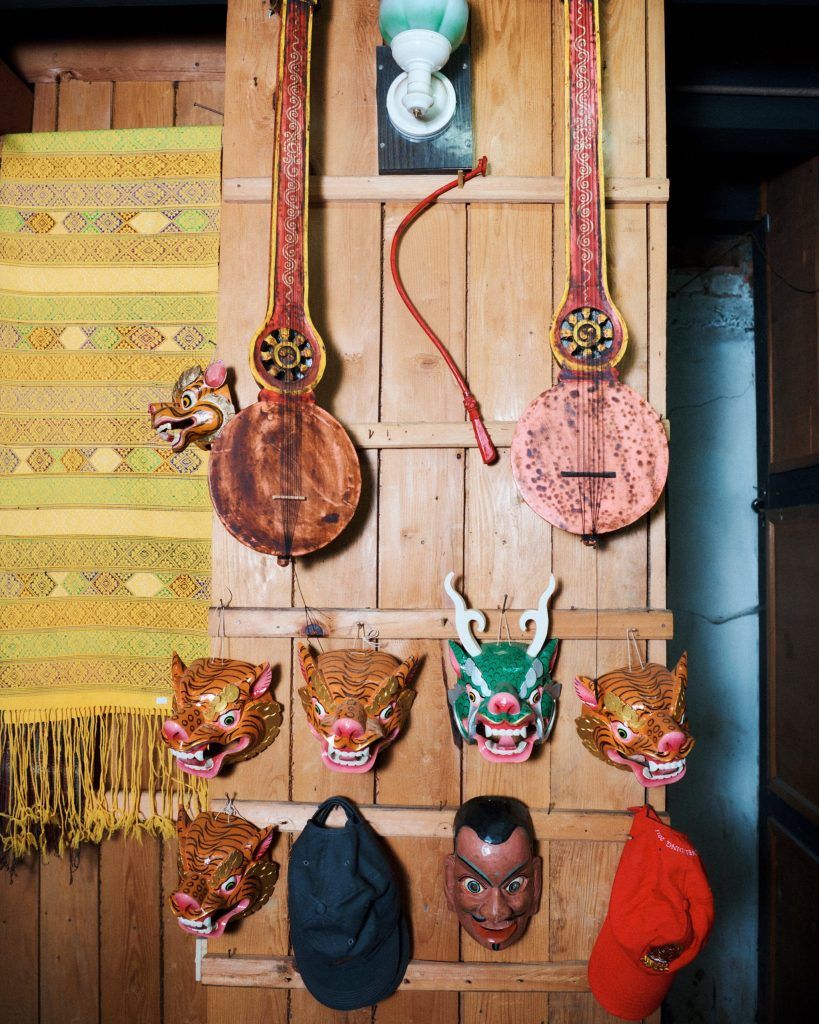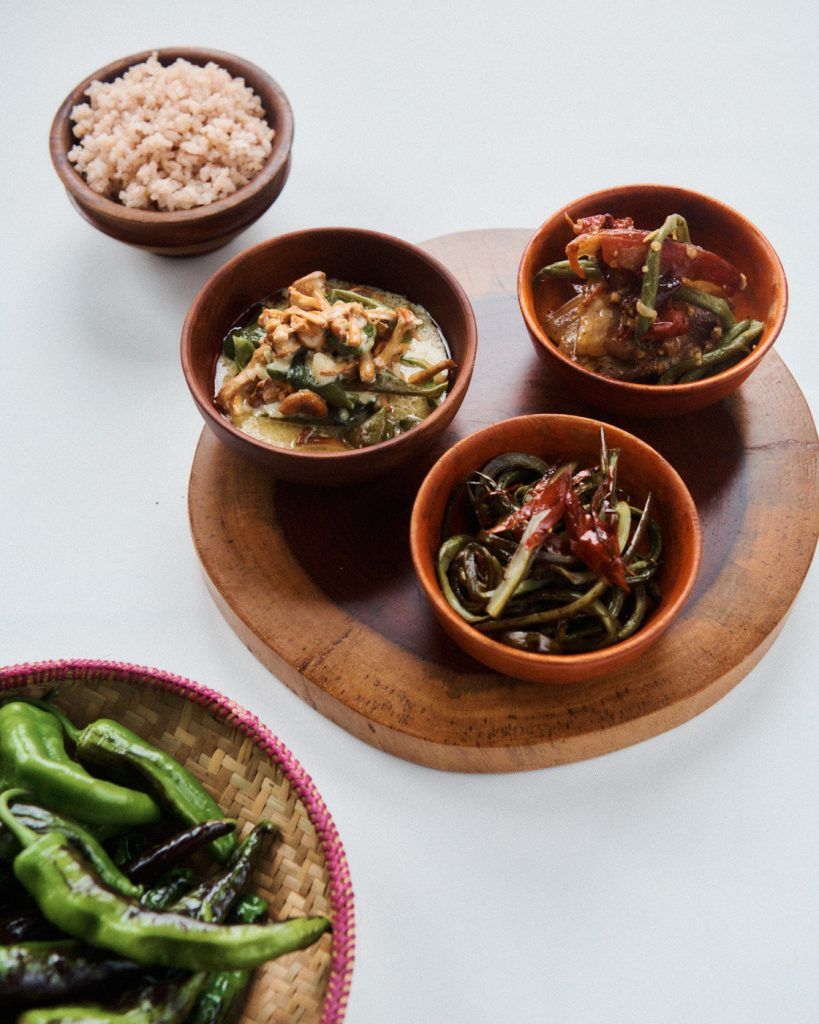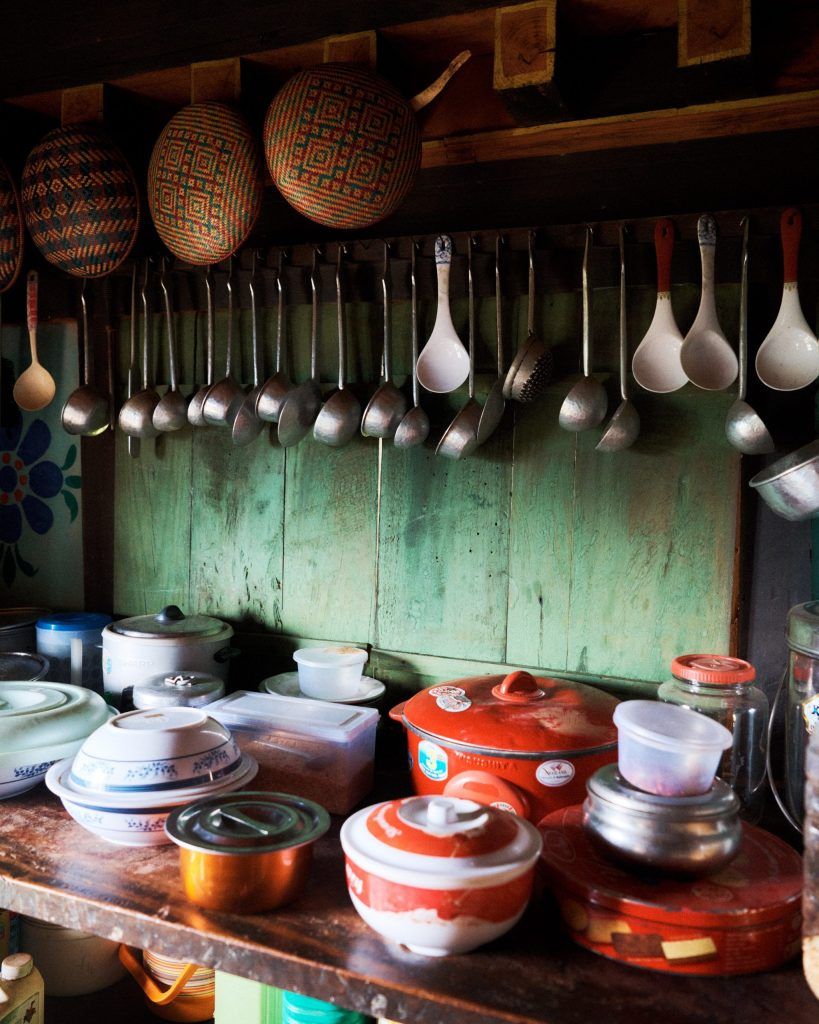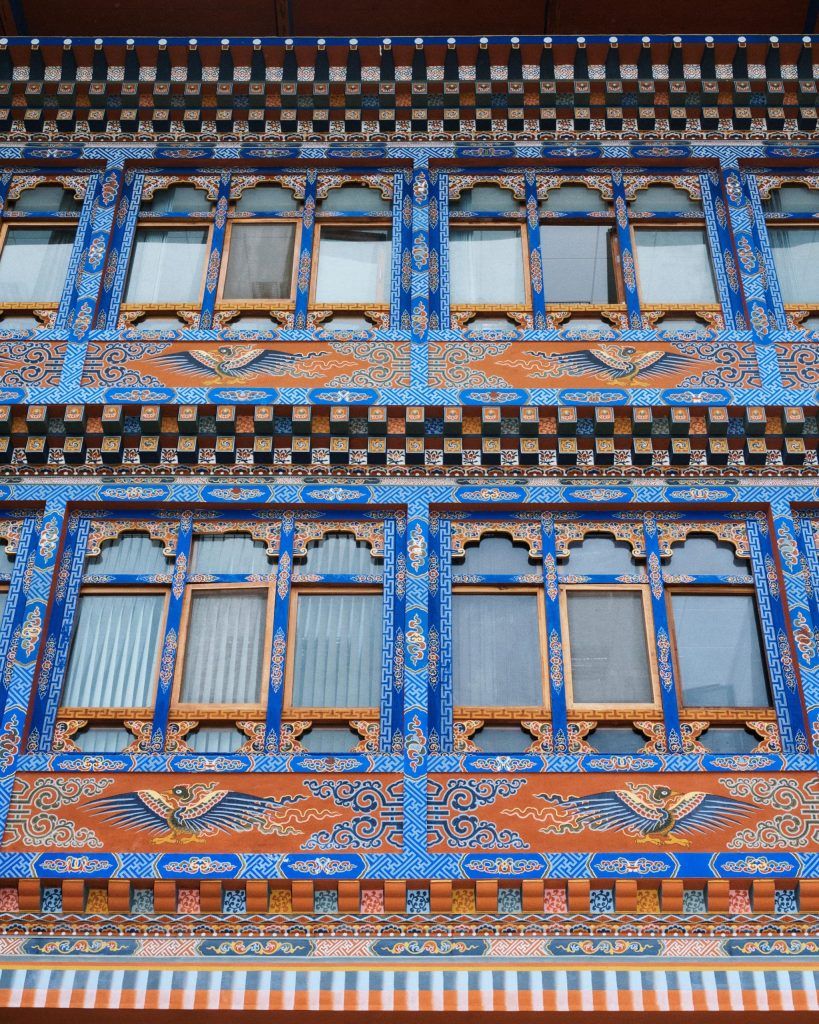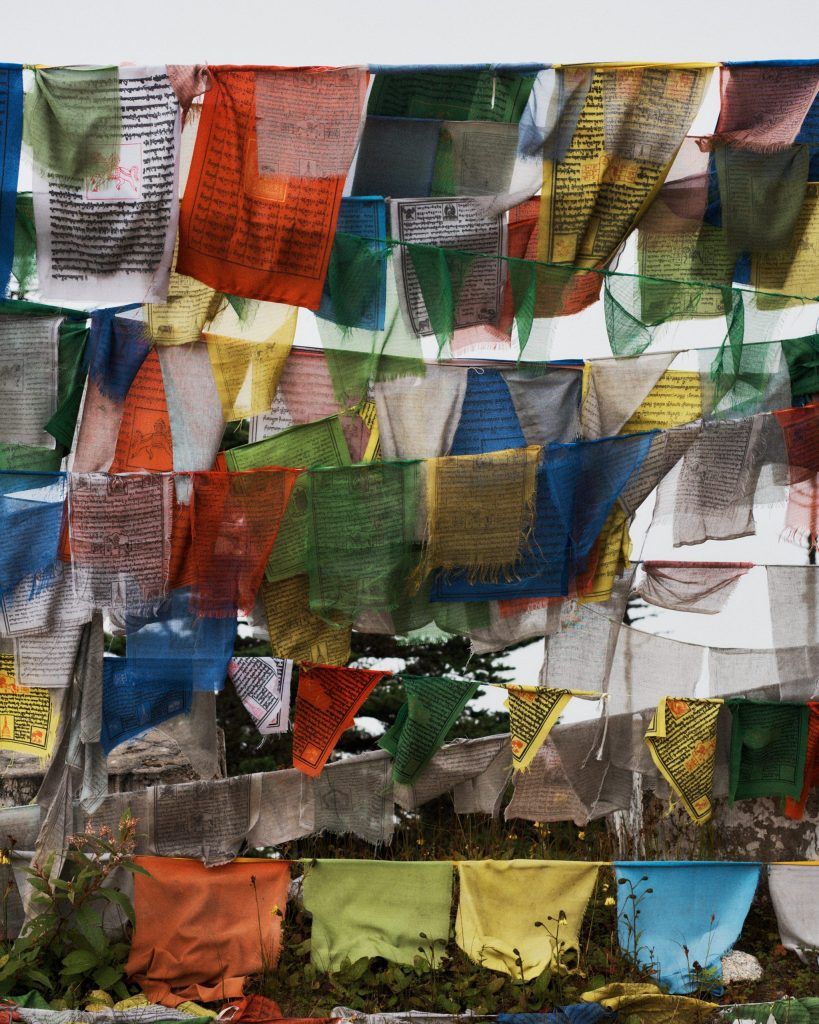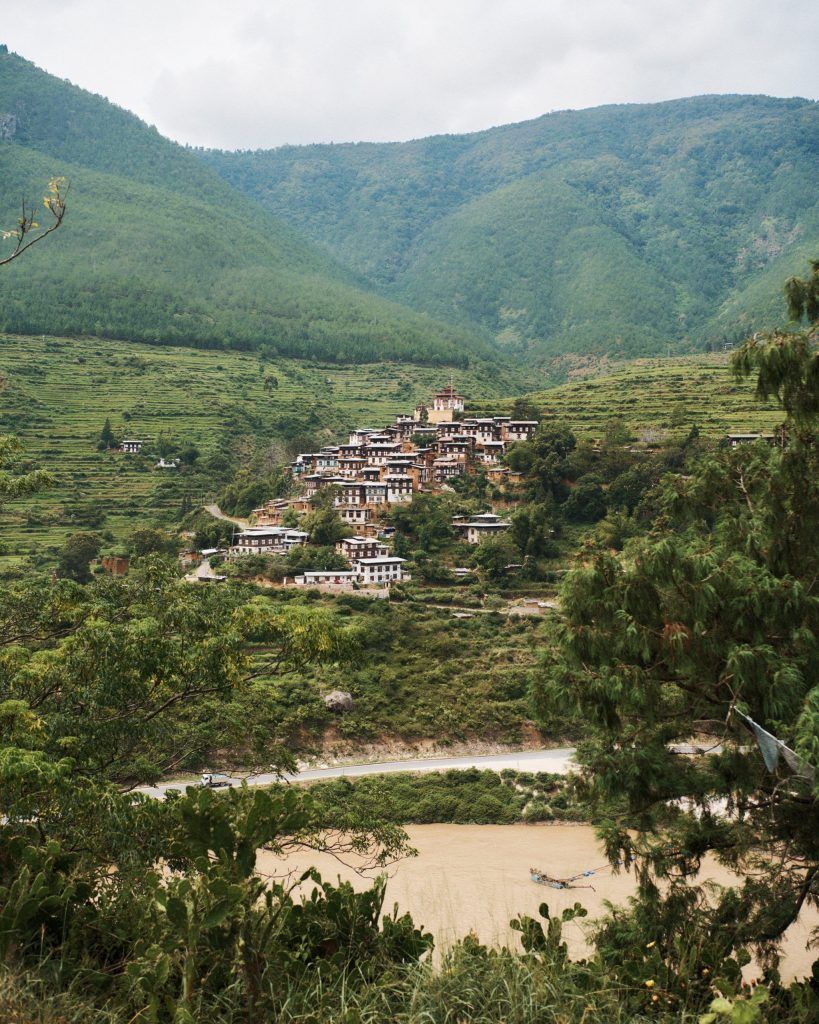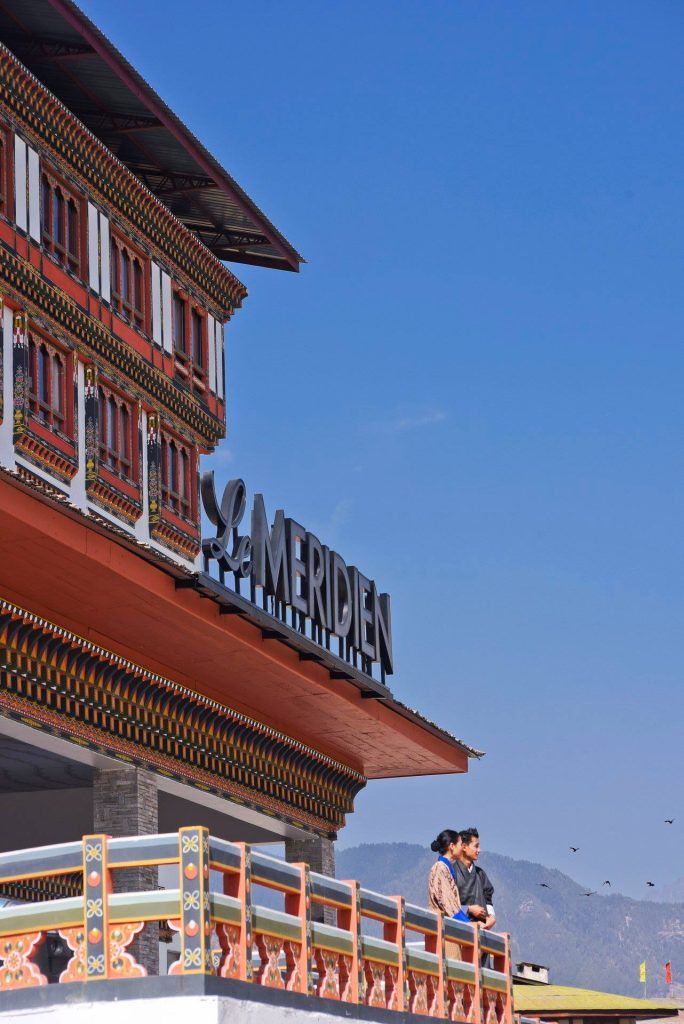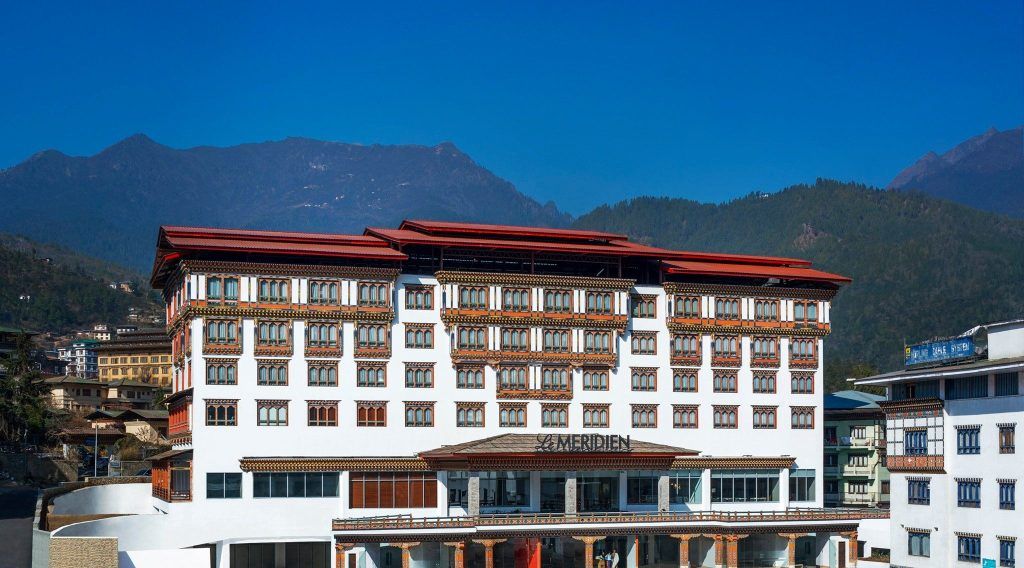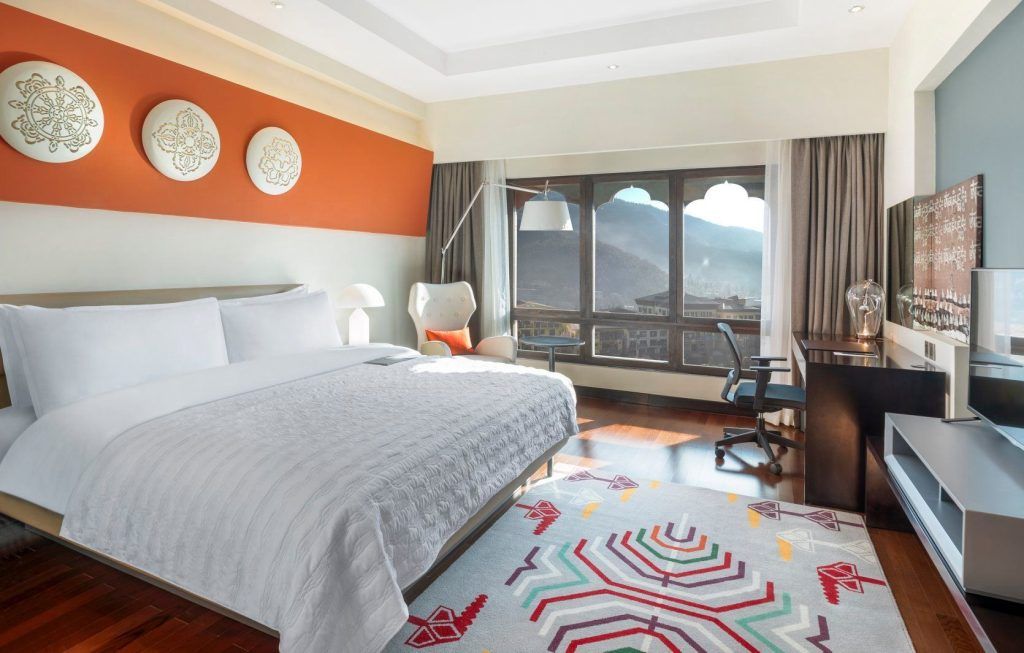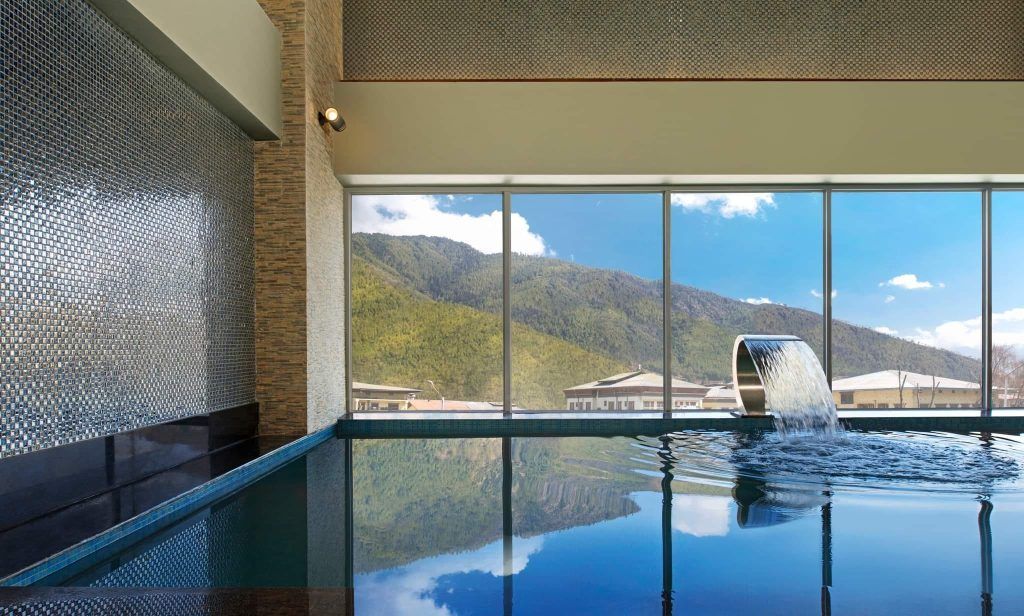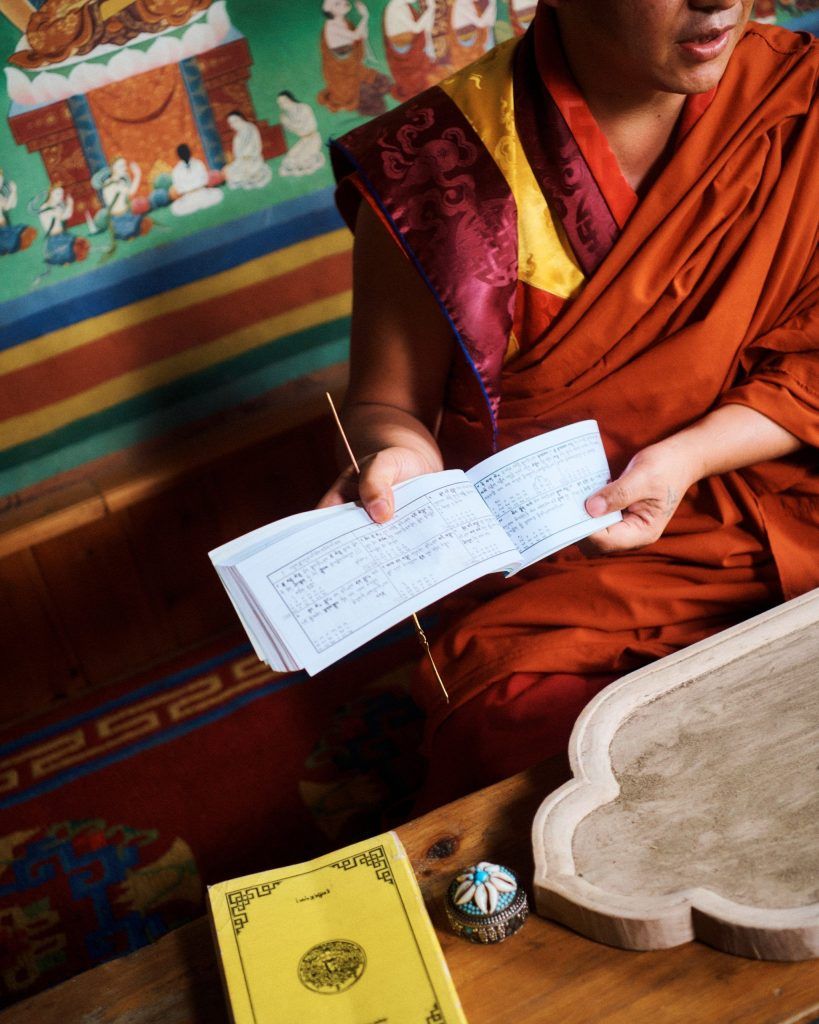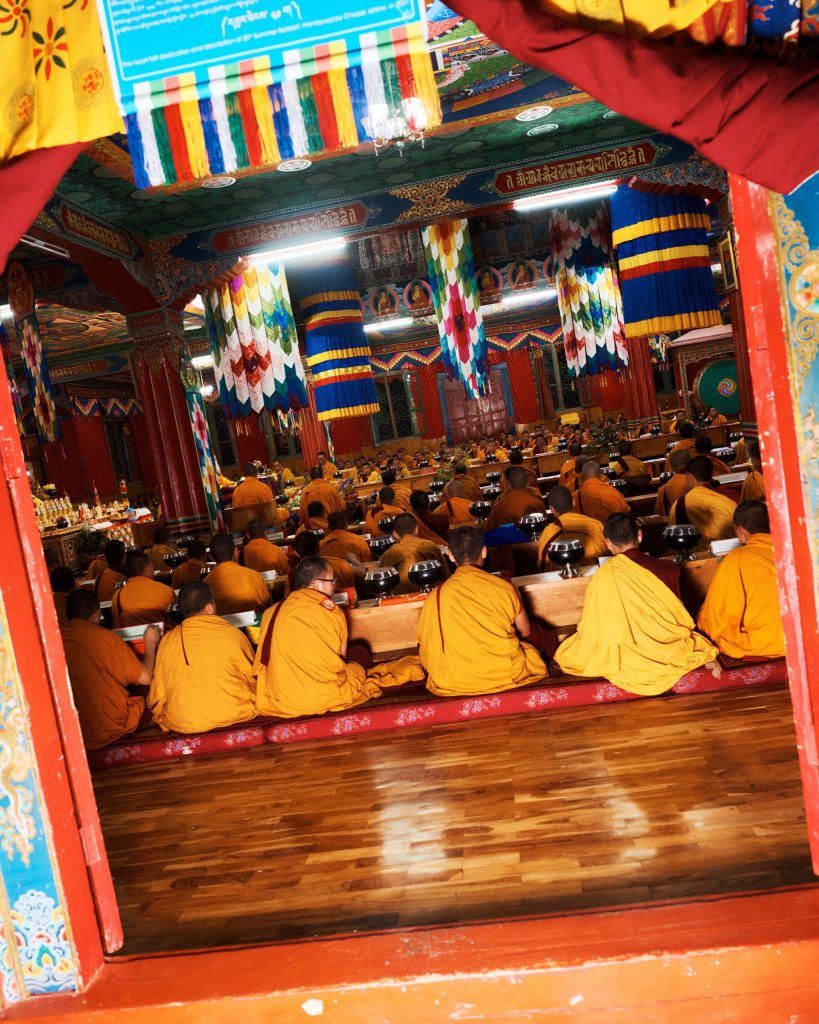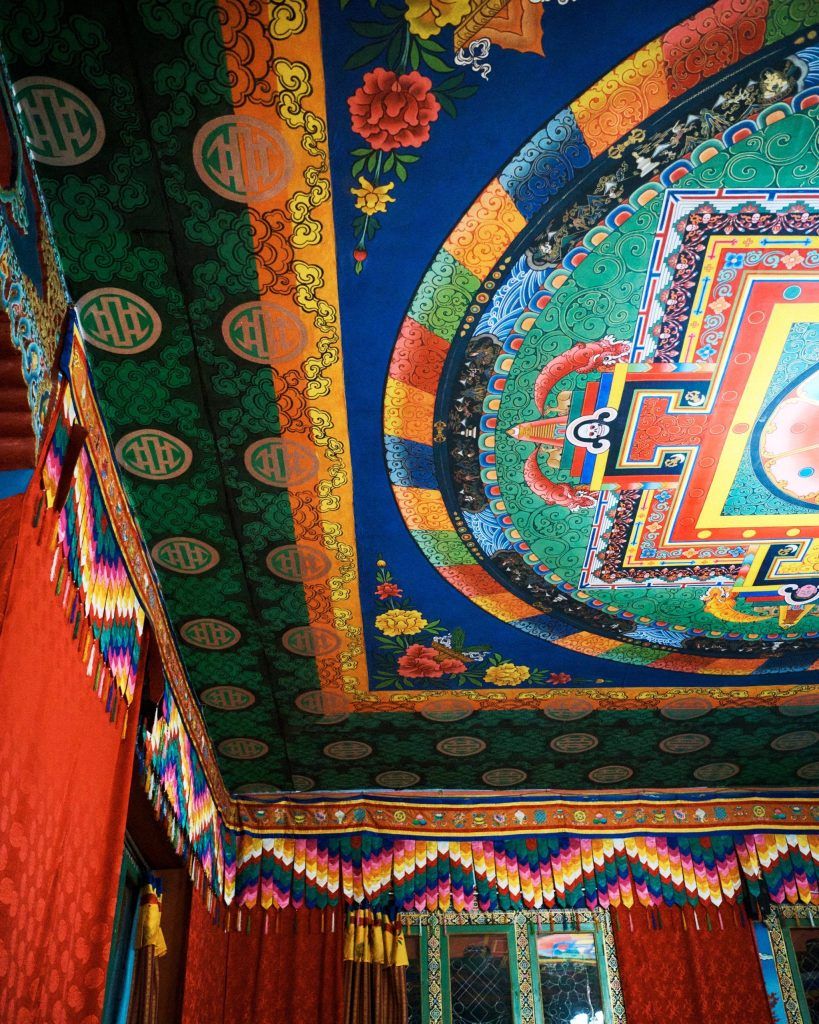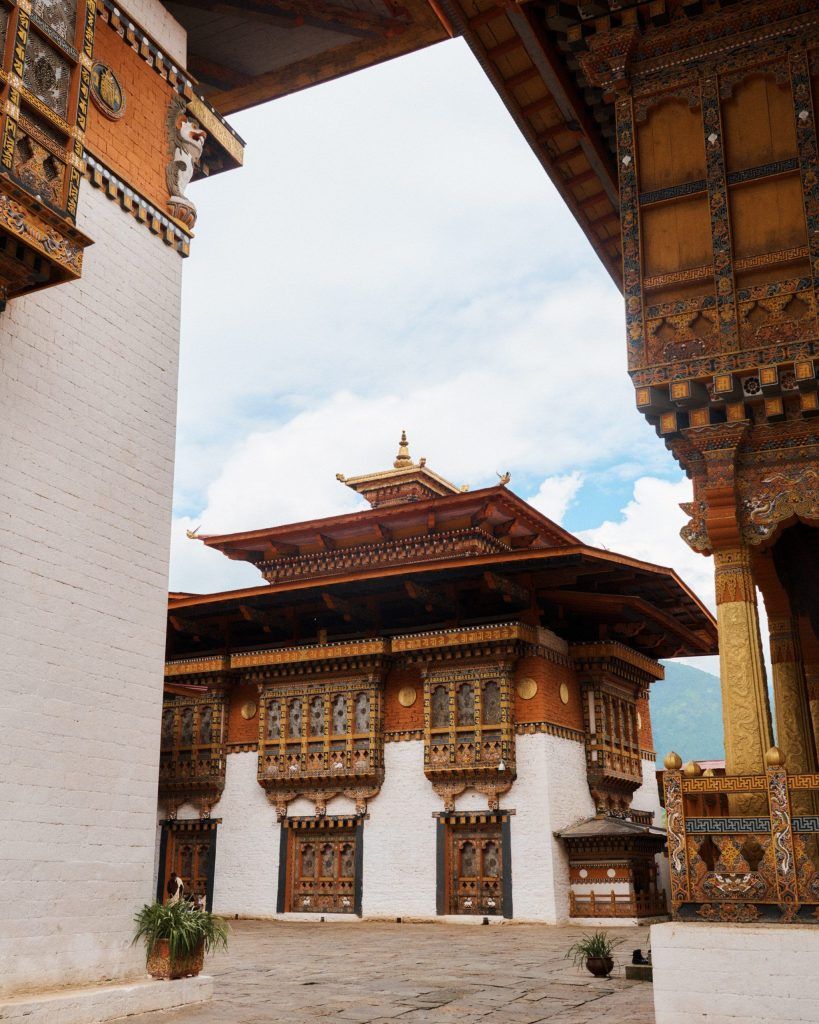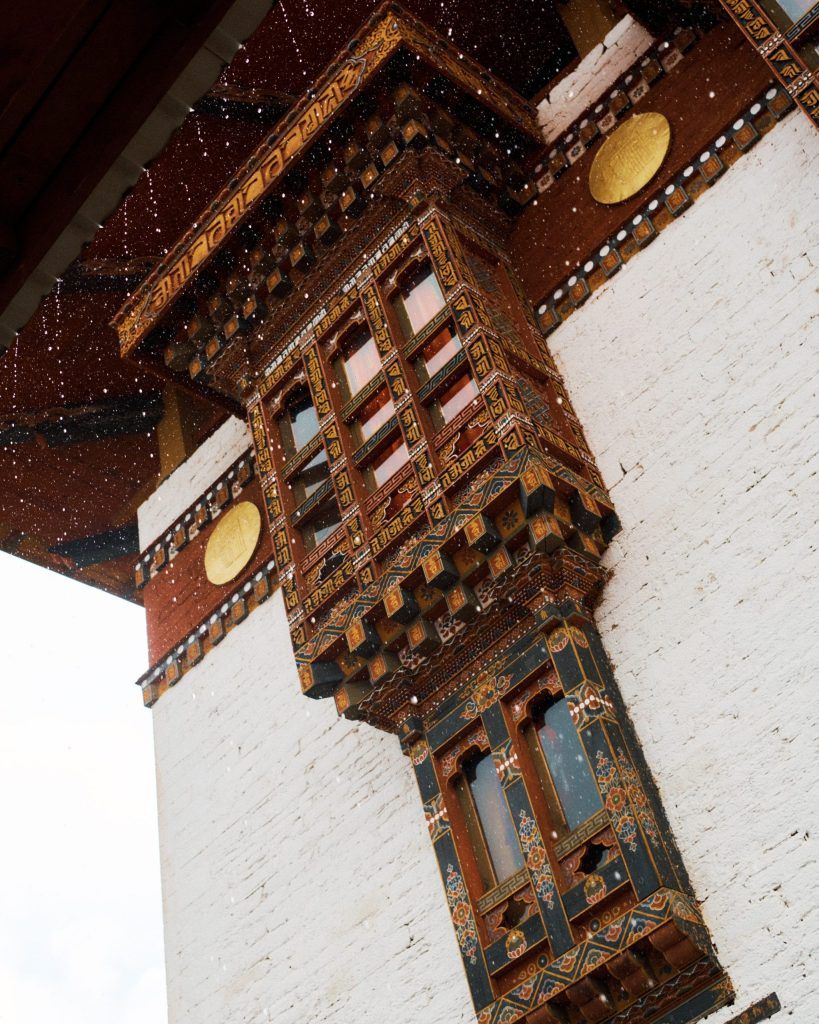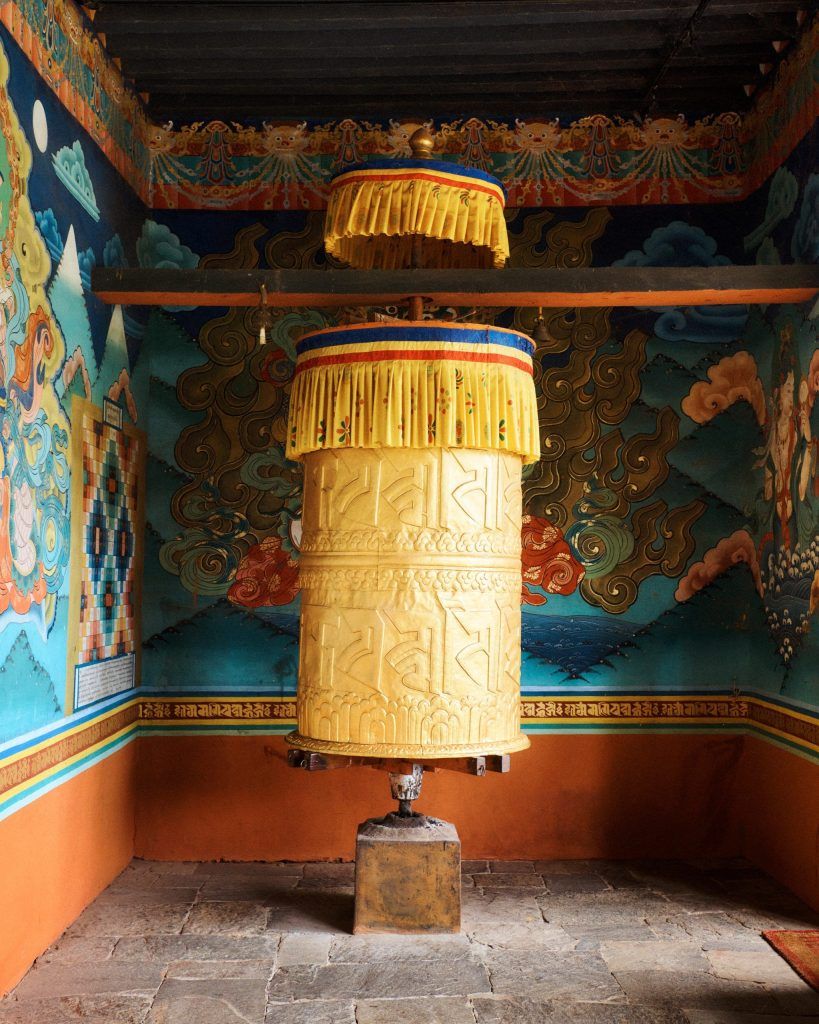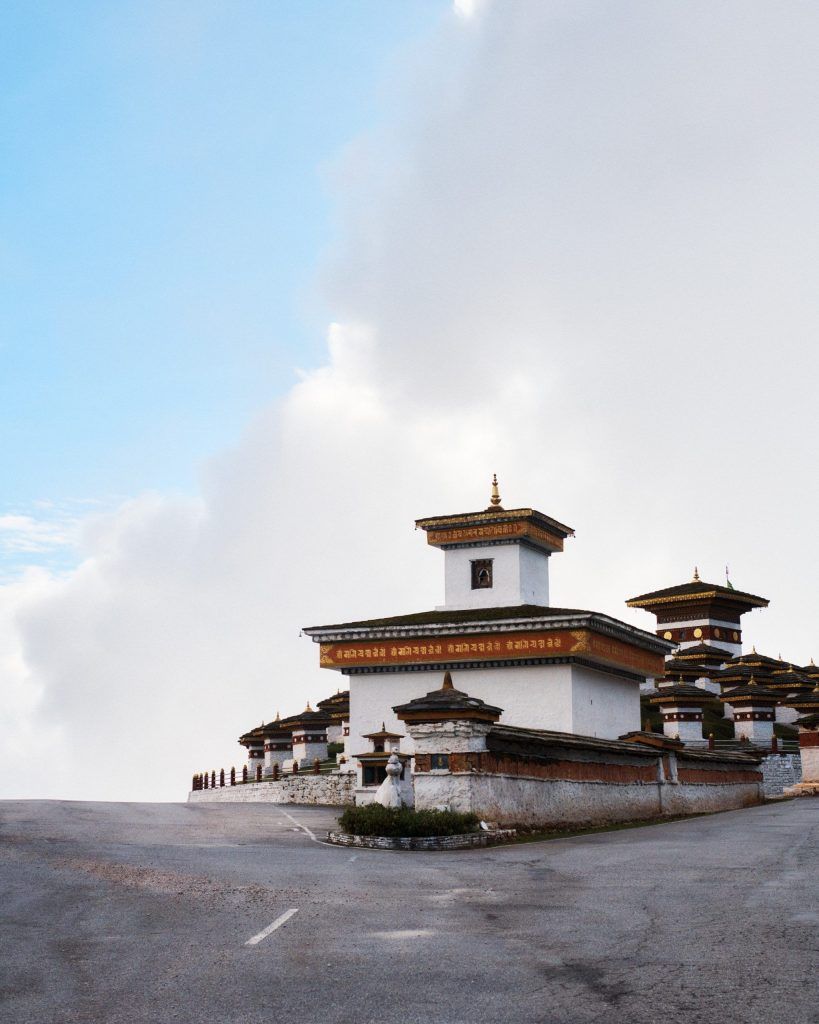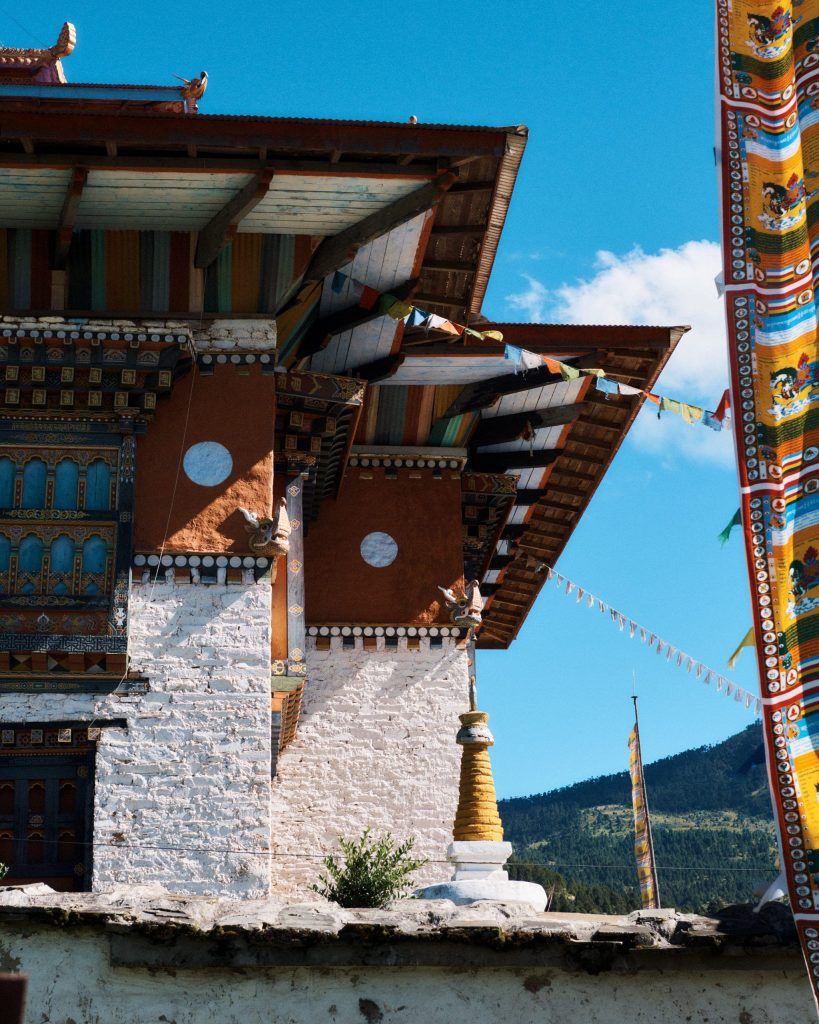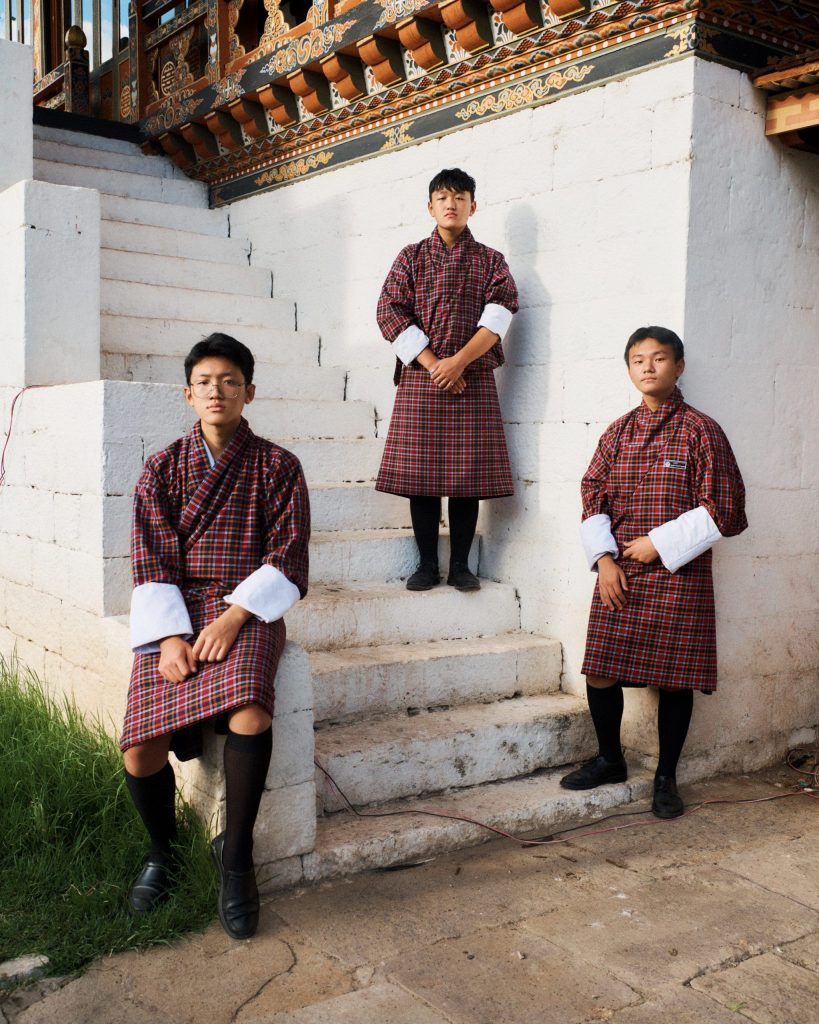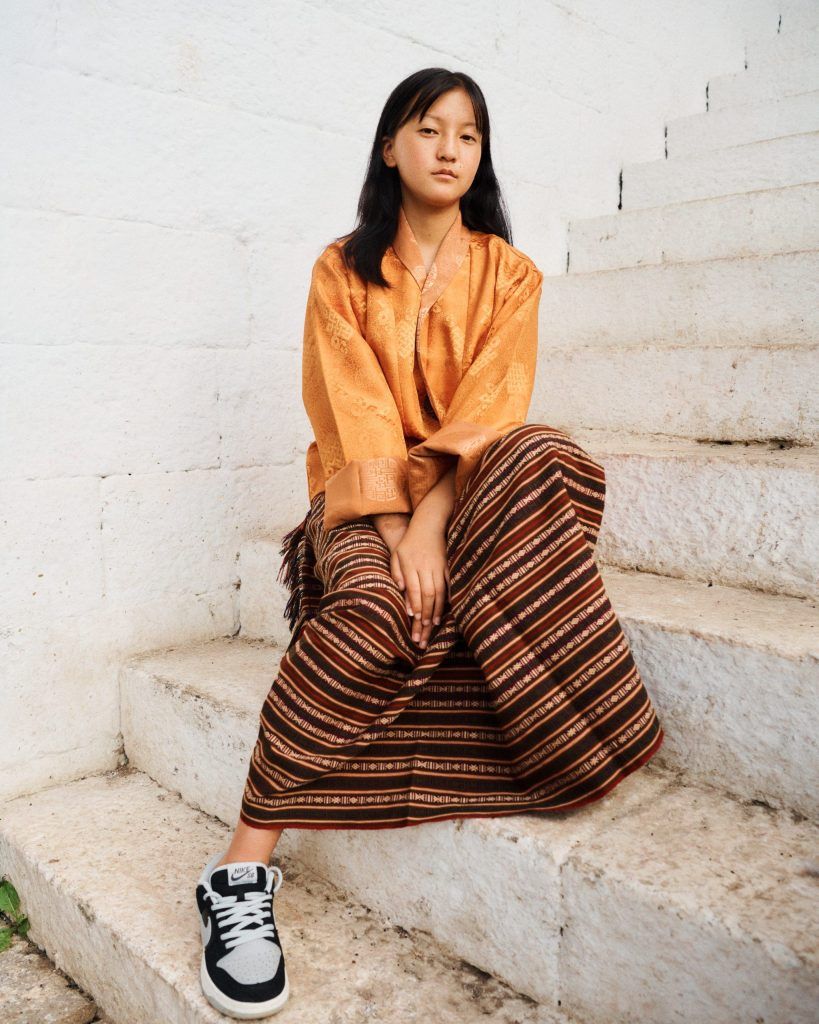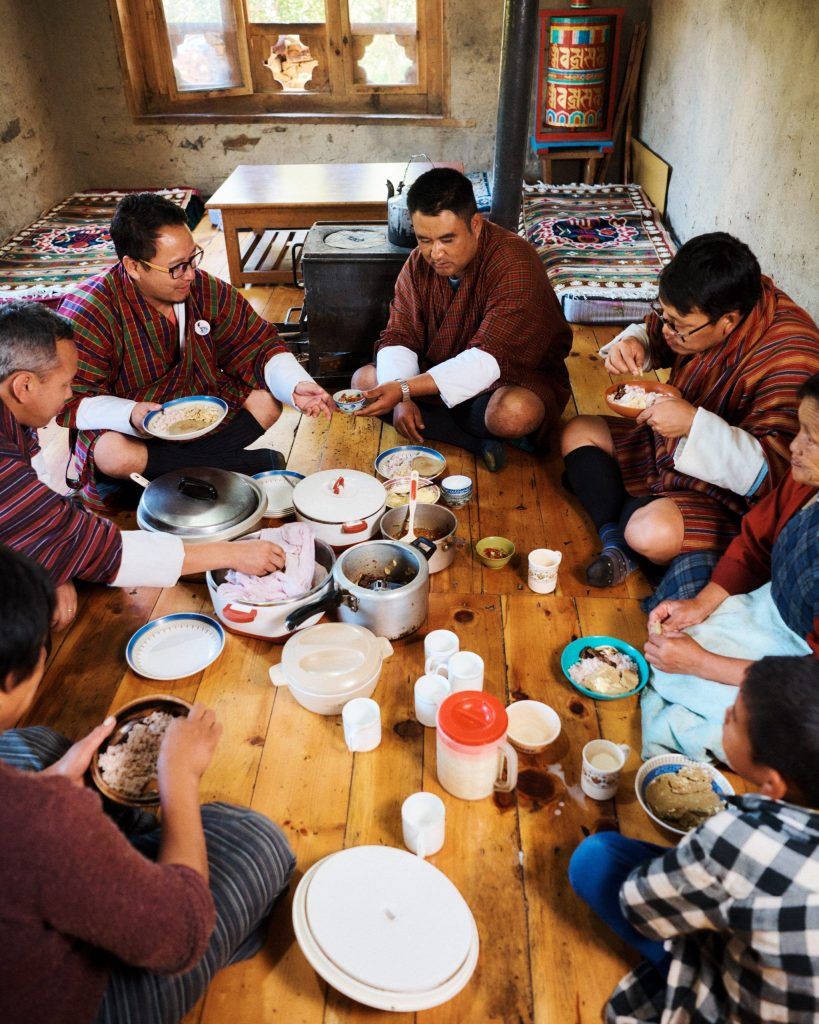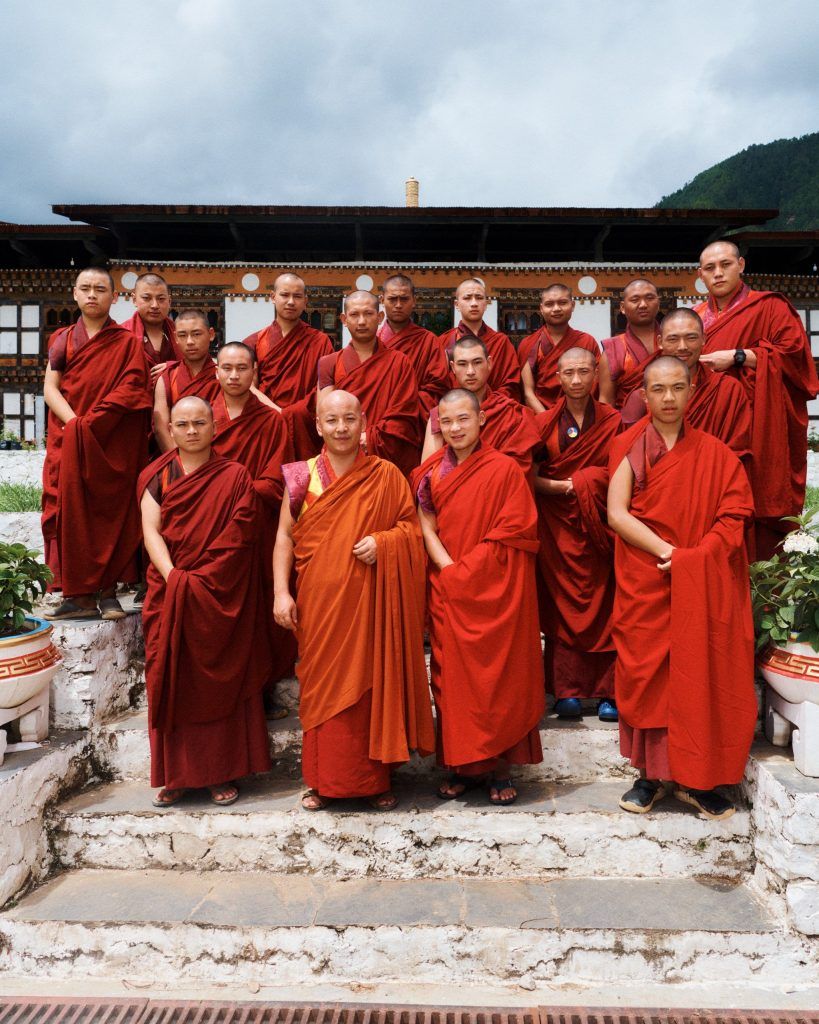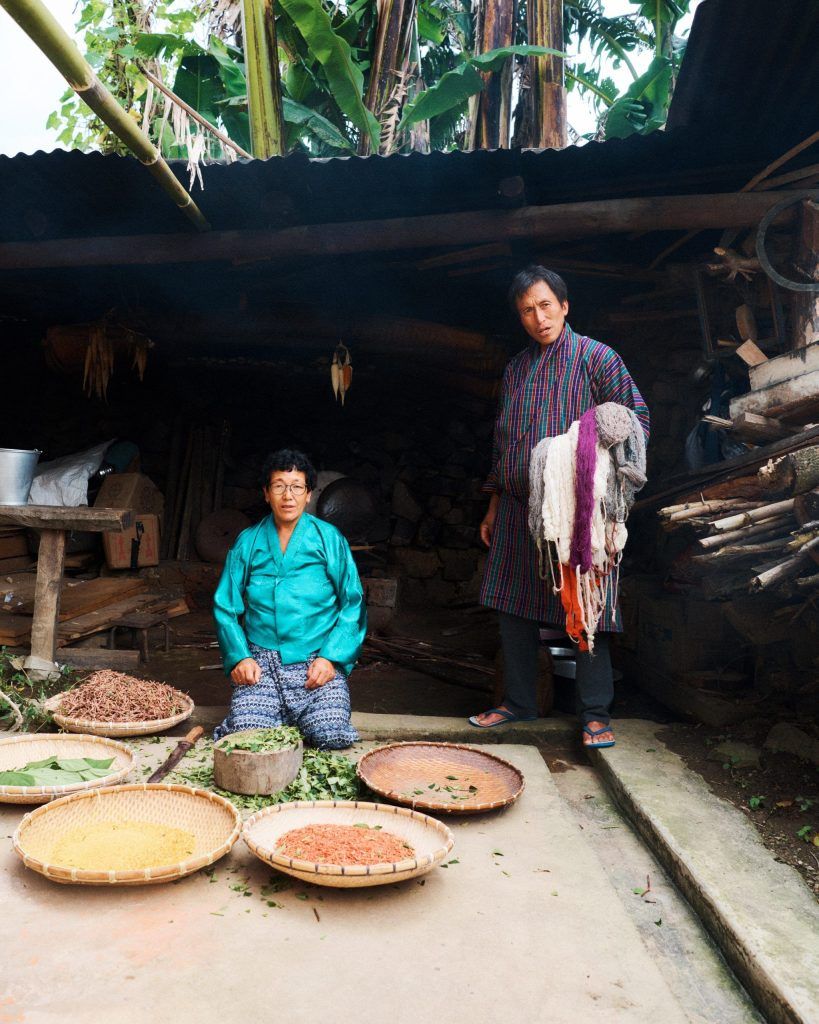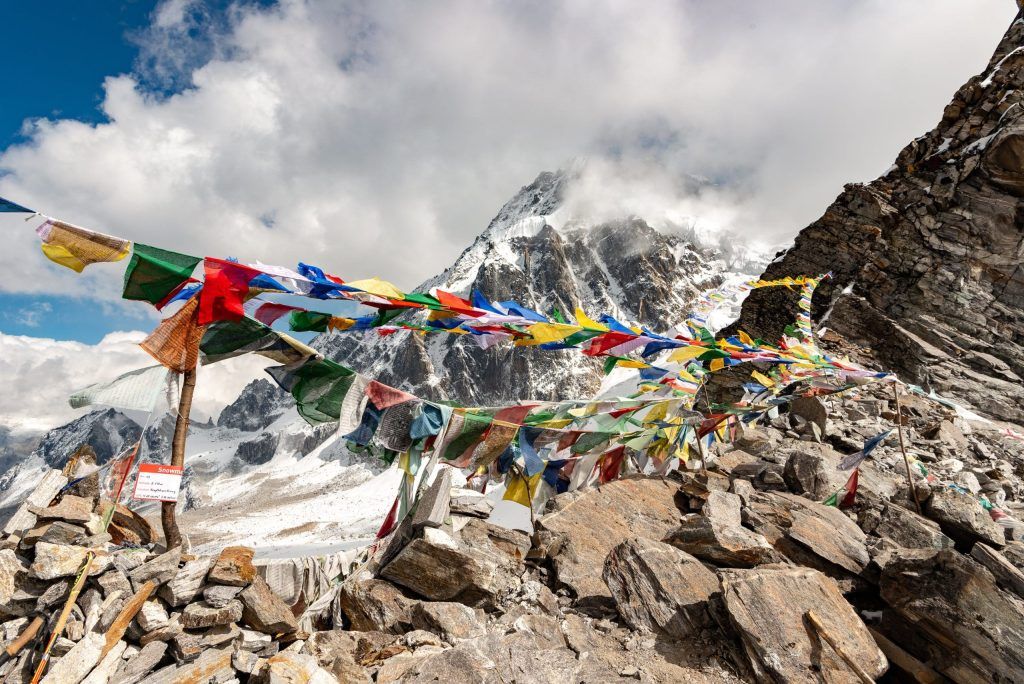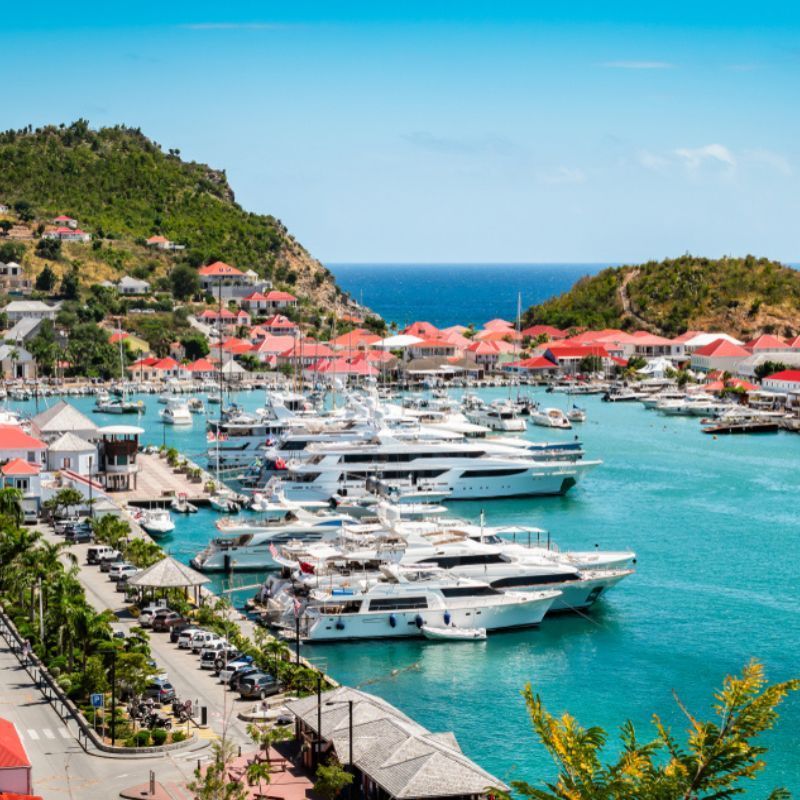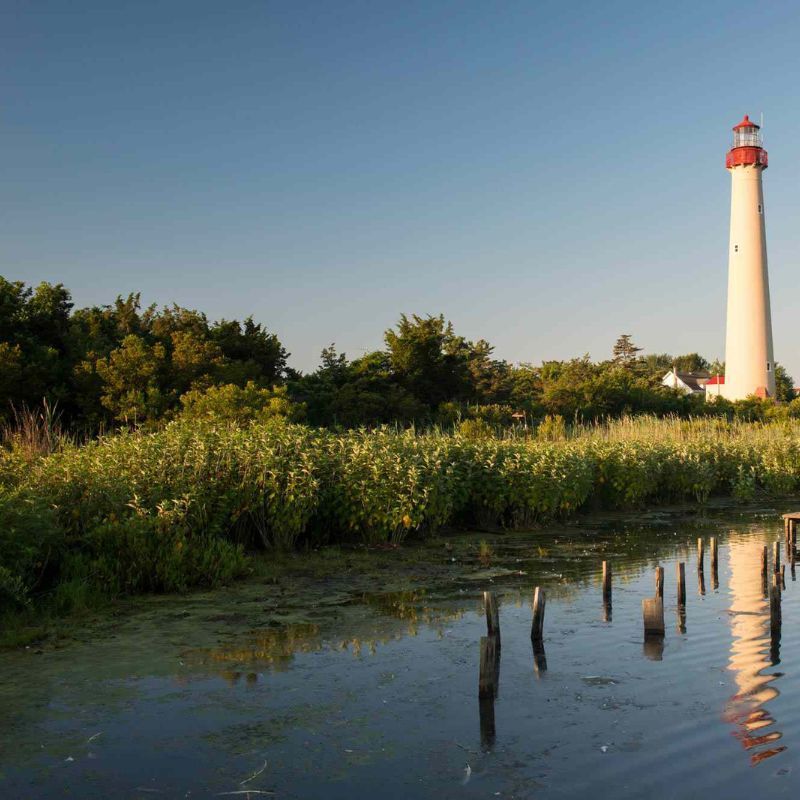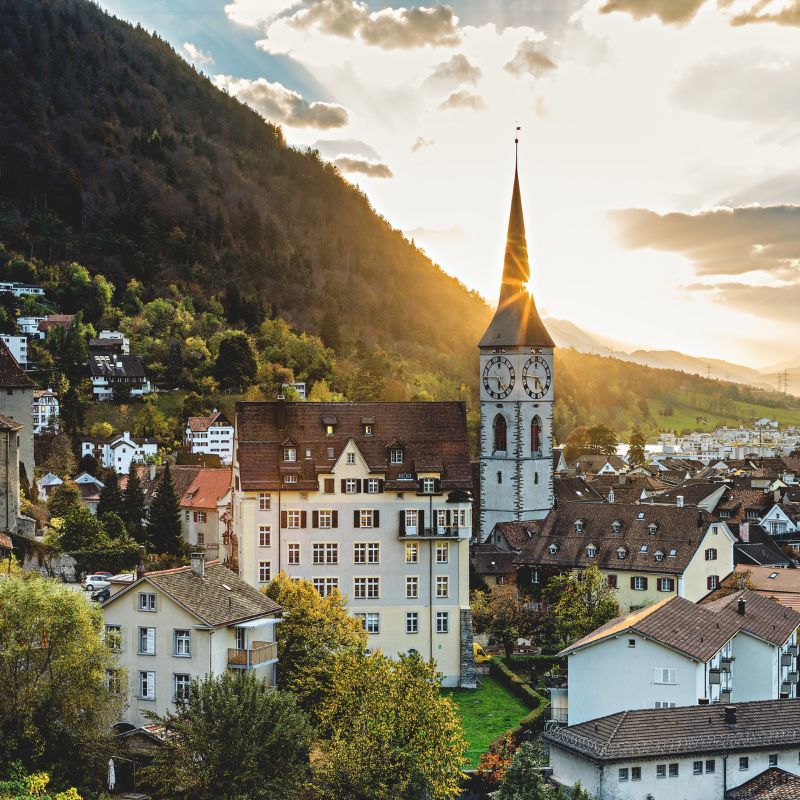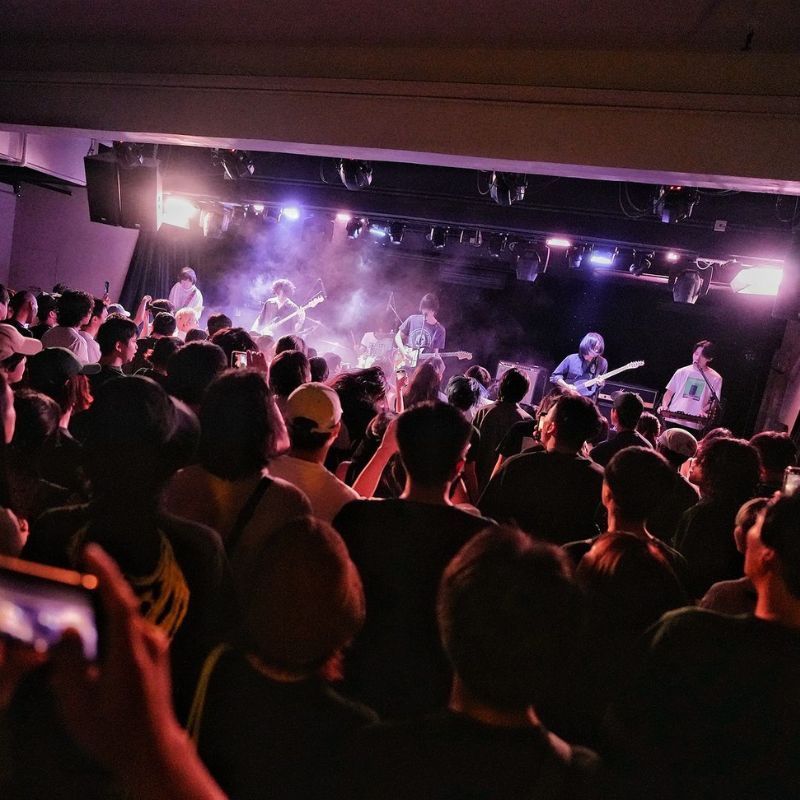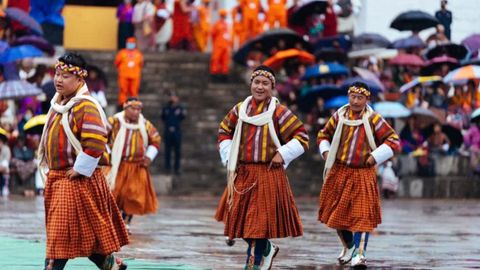
The Kingdom of Bhutan is so closely guarded it feels like a secret, parallel universe. It is one of the most carbon-neutral countries in the world. It is the only country that measures Gross National Happiness (and ranks high). And it is a place where the natural, unspoilt scenery is almost as beautiful as its genuine, honest, and welcoming inhabitants. As Bhutan reopens to visitors, we made it through the vortex to this auspicious green haven to understand its “high value, low volume” approach to tourism and here is our review. By Lisa Gries
After 2 long years, Bhutan reopened to international travellers this September, introducing a new tourism strategy with serious repercussions for visitors. These include a Sustainable Development Fee (SDF) of USD 200 (INR 1,200 for Indians) per person per night, which goes towards maintaining Bhutan’s status as one of the most carbon-negative countries in the world. Inarguably, this has increased the cost of travelling to Bhutan by a significant amount, albeit for a significant reason. Read on for our honest review, from the perspective of a budding millennial first timer, to see if it was worth it.
A millennial reviews Bhutan
Travelling to Bhutan: Documentation and adrenaline
The documents we needed
With the exception of those from India, Bangladesh, and the Maldives, all visitors to Bhutan require a visa before travelling. The visa costs USD 40 (approx. THB 1440), on top of the SDF of USD 200 (INR 1,200 for Indians) per adult per night. All of these things can easily be applied and paid for online, or organised with the help of a tour operator, who can fittingly craft the entire itinerary, too. We went with this latter option, which really smoothed out the process for us. Even though most millennials frown at the idea of a guided tour, it is highly recommended if you’re visiting Bhutan for the first time. We were in safe hands throughout the trip with Bhutan Sky Trails, and our kind, soft-spoken guide Kuenley accommodated all of our demands with great patience.
The adrenaline rush at Paro Airport
Paro International Airport is world-famous for its runway. It is one of the shortest in the world, located within a deep valley surrounded by mountains, and thereby also one of the most dangerous. Luckily, pilots flying into Bhutan are especially trained for this, as there are only two airlines that fly here: Royal Bhutan (Druk Air) and Bhutan Airlines.
A three-hour direct flight from Suvarnabhumi, we enjoyed flying Druk Air, and foodies will especially love that they offer a little bowl of Bhutanese chili (delicious) to go with your meal. A window seat is highly advised if it is your first time. The pilot gave us a kind warning over the cabin speaker before we descended into Paro, which was a sweet way to soothe any anxious fliers pre-arrival. Then, right between two mountains and incredibly close to the rice paddy fields just below, the plane swoops onto the landing strip with great speed and finesse. Your Instagram story of this will woo all of your friends.
Guide to Paro: Nature walks, hot stone baths, and moonshine
Where we stayed
In Paro, we stayed at Zhiwa Ling Heritage, located just a few minutes from the airport. An utterly stunning boutique hotel, Zhiwa Ling Heritage has been named one of the few Unique Lodges of the World by National Geographic, and wholly and entirely deserves that claim. Warm, wooden fixtures are accentuated by classic colourful Bhutanese paintings and adornments, contrasted by a contemporary chalet-in-the-mountains feel. Extremely well-kept and surrounded by lush gardens, rooms are divided into different wings named after astrological or celestial terms. Unlike many other hotels in Bhutan, the very spacious rooms also have underfloor heating, which was a blissful feature especially on cold early mornings. Cosy, romantic, and deeply accommodating.
Reserve Zhiwa Ling Heritage Here
What we got up to
The biggest, most famous attraction in Paro is the Tiger’s Nest, or Paro Taktsang. The Buddhist site is composed of a monastery that has been impressively built into the side of a cliff, seemingly defying near all rules of gravity up in the mountains above Paro. The monastery dates back to 1962, though the meditation cave itself has been used since as early as the ninth century. A truly mesmerising sight to behold, the monastic complex is only reachable via a 4-6 hour hike. Horses can be ridden upwards to make this journey slightly speedier, though we’ll admit going on foot had something wonderfully meditative about it. There is a cafeteria located at a little less than halfway, as well as viewpoints and benches for resting along the way. The camaraderie amongst hikers, and the energy at the cafeteria is most memorable, as wanderers greet each other as they pass by, gushing to one another about the view up top.
After the long walk, we soothed our tired muscles with a local hot stone bath at ZAnTA. As the name suggests, the hot stone bath is warmed by large natural stones, which are heated for hours on a real fire before bath time. These are then placed into wooden bath tubs together with fresh herbs, so that we were soaking in what was essentially an oversized cup of hot herbal tea. It is extremely relaxing, though those with sensitive skin should definitely approach with caution. We’ll admit we squealed a little as extra stones were thrown in from an unsuspecting flap in the wall at the back of the tub.
What we ate
We enjoyed a few of Bhutan’s classic dishes in Paro, our favourites being the national dish, ema datshi (chili cheese), and local pork paa at dinner. In Bhutan, people enjoy a mostly vegetarian diet, and it is easy to see why, as we found many vegetarian dishes to be absolutely delicious here, especially in combination with the traditional red rice.
On the boozy side, we probed our guide a lot about the local moonshine. Once we finally convinced him, Kuenley served us this special Ara in elegant tea cups. Ara is a white spirit that can lie anywhere from 20-60% ABV, so it is especially nice to drink on cold nights — though drink responsibly or you may regret it in the morning.
What we ‘grammed
The Bhutanese have a close connection to astrology and the stars above, and this wisdom became all the more magical to us in the night time. Those with a professional camera must not miss capturing the night sky, from which even the Milky Way is clearly visible.
During the day, we stopped the van often to take pictures of the natural scenery, with those all-famous colourful prayer flags fluttering in the wind across the landscape. Paro town itself also boasts many charming shops to capture, though do be courteous and buy something, too. Like what OTOP is to Thailand, Bhutan also has OGOP products, and popular souvenirs include Bhutanese mountain honey, chili paste, and turmeric tea.
Lastly, it may sound mundane, but we also really loved snapping the street signs. Gentle reminders to drivers saying “No Hurry No Worry” make up a lot of the charm on the long mountain car rides, and are symbolic of the sense of care and community that permeates the nation, in similar veins as the roads do.
Guide to Thimphu: The clouds, the kira, and eating yak cheese
Even though Paro is home to the only international airport in Bhutan, it is not the capital city. Thimphu is the capital city, about an hour’s drive away from Paro, through winding rounds along mountains and over freshwater streams so clean you can drink from them. Given its location, temperatures are also slightly warmer in Thimphu.
Reserve Le Meridian Thimpu Here
Where we stayed
Le Méridien Thimphu was our home in the capital city for two nights. Whilst the hotel boasts a traditional Bhutanese facade, its interiors are modern and contemporary, very much innate to the Le Méridien brand. The hotel’s highlight is definitely its central location. Those who like to go on strolls to the local market, small shops, and casual cafes, will enjoy Le Méridien’s close proximity to just about everything, as it is located along the high street of the city. We enjoyed the food here, too, in particular the Indian and Bhutanese specialties at both lunch and dinner. As our waistlines started feeling tight after the garlic naan overdose, we were also happy to find a temperature-controlled swimming pool, gym, and spa inside the hotel. A warm and reliable gateway to exploring Thimphu.
What we got up to
Our first morning in Thimphu began at 6am, as we made our way through apple orchards and dense forests up to the Dochula Pass. This famous mountain pass is situated between Thimphu and the former capital of Punakha, and is the site of 108 memorial chortens (or stupas). These were built by Queen Ashi Dorji Wangmo Wangchuk in 2003 to honour the Bhutanese soldiers killed in battle against Assamese insurgents from India. On our visit, the weather was chilly and foggy, which is said to be normal for up on the pass. This made the experience evermore mystical, as it feels almost as if you’re in the heavens, looking down on the clouds beneath you. In the distance, the snow-clad peaks of the world’s highest mountains poke through on the horizon. The air was crisp and cool; the awe was unmatched.
Further on in the day and with warmer temperatures to suit, we also visited the Simtokha Dzong. The castle monastery dates back to 1629, and now houses one of the most prominent Dzongkha learning institutes. We were lucky enough to encounter some student monks, who unlike in Thailand, are allowed to speak to women. We found this different code of conduct very intriguing, and were even allowed to take a photograph with them. Those who are interested in the Buddhist religion may also be intrigued by the aspects of the Bhutanese way. We studied the praying ritual, the prayer wheels, and the mural paintings with great interest.
What we ate
For dinner, we visited the Folk Heritage Museum in Thimphu for a local Bhutanese experience. By day, visitors can explore the rural history of Bhutan in the museum, and in the evenings enjoy a traditional meal in a traditional setting. With farming tools and equipment adorning the walls around us, we sipped the infamous Bhutanese butter tea, which is slightly salty in flavour. It can be enjoyed with puffed rice (think of it like what marshmallows are to hot cocoa) as a hearty and warming cuppa on a cold night.
Other dishes we sampled and loved include the spiced sausage, cucumber salad, and that notorious Bhutanese chili. We also stopped by a local market and tried dried yak cheese, which comes hanging on a string like cubes of candy. Be warned: it does not taste like conventional candy in any way.
What we ‘grammed
One massive tip for travelling to Bhutan if you’re ‘gram-savvy: wear the local Bhutanese gho for men, or kira for women. Our guide Kuenley arranged these for us, and our photo opportunities went through the roof. Especially handy if you’re visiting temples (where you’ll also be taught how to wear the appropriate khata scarf for entry), these colourful outfits will have you look almost local, and make for very memorable trip photos.
Lastly, “attraction” may be the wrong word, but a sight we really loved was Thimphu’s man-made traffic light. The only traffic light in the city, this special intersection sees a policeman directing traffic himself as he stands in a special central tower, using his arms to point cars in the right direction. Evidently very efficient, we saw this not only as a practical method but also as a testament to the good-humoured character of the Bhutanese people.
Verdict: Is the USD 200 daily fee worth it?
Travelling to Bhutan requires intention and dedication. You don’t book Bhutan on a whim. The visa, limited flights, and SDF are already major checkpoints that ensure this, as you are forced to really think about the goals for your trip, your itinerary, and your contribution to the local community. Millennials, who admittedly often live for cheap thrills and quick escapes, can find great value in Bhutan, as it causes the mind to slow down, reflect, and reevaluate.
Bhutan is rich in natural treasures, cultural significance, and historic and religious meaning, and yet it is this transformative aspect that appealed to us the most. As we seek out more meaningful journeys in a post-pandemic world, Bhutan rises above — much like the clouds at the Dochula Pass — and leaves visitors with a sentimental shift in mindset and spirit. A most special place; a place absolutely worth protecting and preserving for many years to come, no matter the cost.
Royal Bhutan flies directly from Bangkok to Paro twice a week. The flight time is 3 hours. Find out more about Bhutan tourism at Bhutan Travel.
[All images courtesy of Bhutan Travel, unless otherwise stated]
This story first appeared on Lifestyle Asia Bangkok

